How to win the Melbourne to Warrnambool
Two-time winner Joel Pearson on what it takes to conquer Australia's oldest one-day race
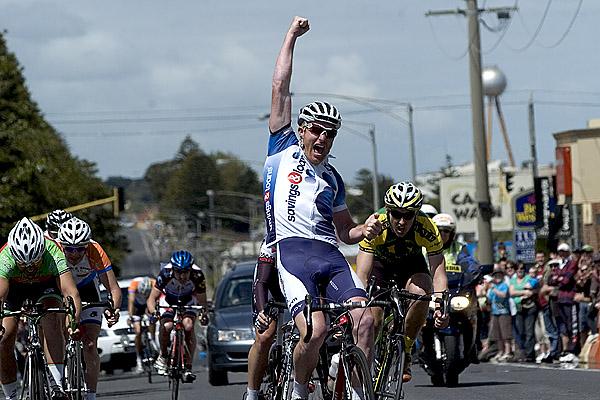
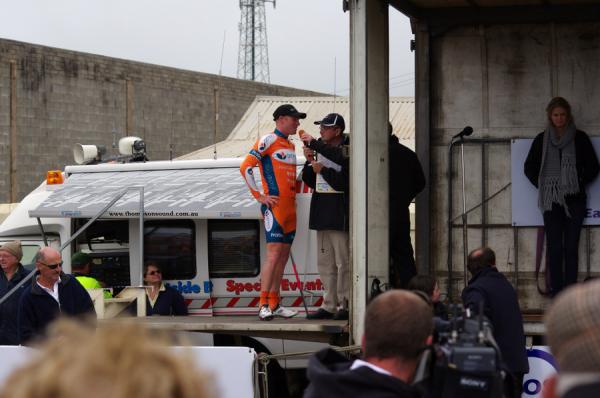
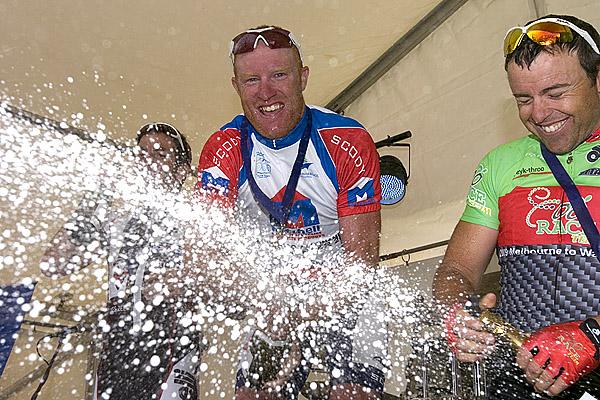
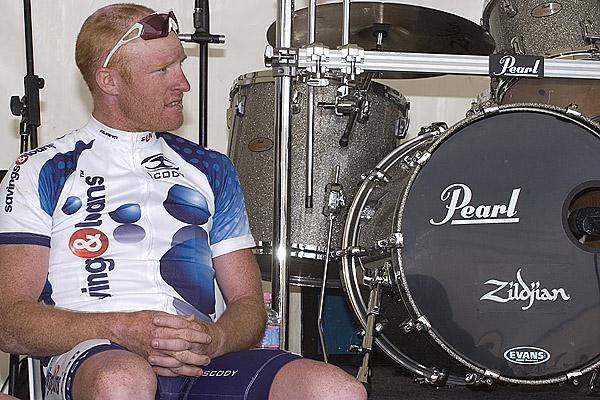
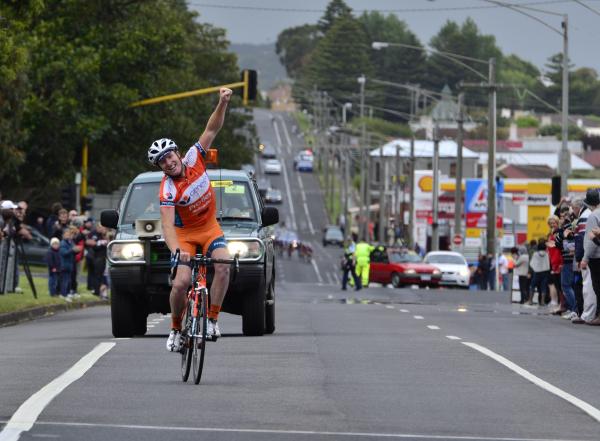
In 99 editions of the Melbourne to Warrnambool just eight riders have managed to win Australia's oldest one-day race on multiple occasions. Peter 'Bulldog' Besanko, who will wave the flag on the finish line this year, shares the record alongside David Allan with three victories.
2009 and 2011 champion Joel Pearson is the most recent addition to the list of two-time winners, joining Stan Bonney in 1949 and 1957, Wally O'Brien in 1958 and 1962, Mario Giramondo in 1970 and 1975, Bruce Clark in 1971 and 1973, and Jamie Drew in 1999 and 2002. Other notable winners since the new millennium include the likes of Simon Gerrans, William Walker and David Mckenzie.
Pearson's first Warny win came after spending 250 of the 261 kilometres in the breakaway, getting the better of fellow escapees Daniel Furmston (Praties) and current Australian track coach Tim Decker, at the age of 25. Win number two was a solo affair as Pearson attacked late in the race on a wet afternoon, savouring the moment of victory, with Nathan Haas crossing the line in second place to make it a one-two for Genesys Wealth Advisers, now known as the Avanti Racing Team.
On the eve of the 100th edition of the race, Cyclingnews caught up with Pearson to find out what is required to win one of the 'monuments' of Australian cycling.
Cyclingnews: What would your training schedule be the week before the Warny?
Joel Pearson: The weekend before I would do at least one six-hour day. With the race on Saturday, I would do a complete rest day on the Monday, a few hours on the Tuesday and that would be the main recovery. Wednesday, I would do about four hours with some intensity. Thursday, I would have a one-hour roll and then on Friday, I would do two, to two-and-a-half hours with intensity to build back up into the race.
CN: How did you prepare for the 250km plus race when NRS stages more often around the 100-150km mark?
Get The Leadout Newsletter
The latest race content, interviews, features, reviews and expert buying guides, direct to your inbox!
JP: I usually had a fair bit of racing in my legs throughout the whole year anyway so I wouldn't really do anything majorly different to prepare for the race. I find that once your body gets past that 200-kilometre mark you either have that endurance capability or you don't. Having said that, you would definitely throw in a few more six-hour days leading into the Warrnambool. As soon at the crits start back up, I used to go out and do a four, five hour day then finish off with racing Sandown at night and that would give you a nice long day with some intensity at the finish. That would be my big day and something different to what I'd normally do.
CN: What kind of meals would you be eating the week leading into the race?
JP: I'd be eating normally up until about Wednesday, then on Wednesday and Thursday I wouldn't go too hard. I'd just keep it moderate with some salads and a steak. I don't necessarily believe in loading, I don't cram myself with heaps of pasta or anything like that but it's good to have some substantial meals that are pretty nutritious and then cut out as much meat as you can as you don't want to have a big steak on the Friday night.
CN: Off the bike, how would you relax in the week before the race?
JP: Just try and keep occupied really. Listen to music … you want to take your mind off the race as much as possible as the last thing you want to be doing is losing sleep about it. You'd focus more on stretching or read a book. Anything other than stress about the race.
CN: What would you be doing the night before the race?
JP: Usually we'd go and stay in Werribee or stay close to the race start. We'd get all of our stuff and head down there, you should have already made a plan by then but you triple and quadruple that plan. That's your meal plan, what you're going to eat throughout the day, how often, how much you're going to carry on you at the start, make sure you have the right nutrition on you, your feeder is at the feed zone and obviously a thorough bike check. I'd always make sure my bike was race ready on the Friday night so I didn't have to stress about in the morning, all I had to do was pump the tyres.
CN: On the morning of the race day and in the early stages, how do you calm the nerves knowing it's a long day in the saddle ahead?
JP: Not fret. The Warrnambool is a long day so the first moments of the race are quiet frantic. It depends on what your role and objective is as well. If you want to get into the early breakaway then you want to be a little bit frantic but just don't panic. If you miss the break, you miss the break. Your chance will probably come later in the day. If a split happens in the very start because of the crosswinds or something, you don't try and ride across solo. You get your group and nine times out of ten, you're going to get back on. It's not until you get through Camperdown that you really need to stress a lot about those splits that happen in the peloton.
CN: Is having a strong team more important at the Warny than any other NRS race?
JP: No, not particularly. It depends on the wind conditions and sequence of the race. If you're smart enough, you can get through the Warny without having a team at all. At the shorter races you need a team because you need people firing left, right and centre but the Warrnambool is a race of attrition so if you look after yourself as well as the next man, you have just as much chance of getting to the end as anyone else does.
CN: What are the most important moments of the race to be 100% focused?
JP: The first really key point is Camperdown going over the hill. That's where I used to take my first caffeine gels to make sure I was on the money there. After that, it would neutralise and you're riding in different groups. The last feed zone is vital as well as that's where a few groups have gone away from. Not much usually gets away until the speedway into town with 10km to go but the last little climb with two kilometres to go with the big ornament on the left-hand side is a very key spot to cover moves.
CN: If you're in the breakaway or lead group in the final ten kilometres, how do you prepare for a sprint finish?
JP: I've had a few shots at it so what I mistakenly did the first couple of times was try to attack and go on the offensive. The Warrnambool everybody wants so bad that they are more willing to chase you down than in a stage race. What I would do is pick the strongest guy and follow them and save all my bickies for the last 150 metres.
CN: You won via a breakaway and a solo attack, in which race did you feel more confident in winning?
JP: I would have been the second time for sure and I was a couple of more years mature. The first year I won it, I was riding for Savings & Loans, which was a pretty small team. It was a strong team but there was the likes of Fly V Australia in there and a couple of really strong international riders. When I won it the second time I probably would have backed myself as being one of the strongest in the field.
I remember at the start of 2009 when I was riding across to the breakaway I was terrible in the morning. When I rode across my legs puffed up and I was like 'oh no, I hope I don't feel like this all day.' The Warrnambool is one of those races where you go in and out of feeling good and bad at multiple points of the day so my recommendation to anyone is, if you're going through a bad patch you'll soon be going through a good patch.
CN: How do you feel when you look at the history of Warrnambool winners and see your name there twice?
JP: I am just in the middle of reading The Warrnambool by John Craven and prior to reading the book, I was immensely proud of my name in the category when you see the other riders who have accomplished the same feat. Now that I have read the book, I am in disbelief at the level of riders that have battled this race, and not only won it twice, but the level of the riders who have ridden it and haven't been able to get that win. It puts into perspective that you don't only see your name in the same field as riders who have done the same thing, but your name against every high profile rider who ridden it in the past and tried to win the Warrnambool. That's pretty special.
CN: Finally, how do you celebrate a Melbourne to Warrnambool victory?
JP: You hug your teammates, that's the first one. You hug your loved ones. I'd recommend to everyone that you make the most of the ceremony and understand what the Warny means, what it is, the history behind it and who has raced it. Make sure you don't lose focus of the Warrnambool, the Warrnambool is the Warrnambool, and you've won one of the monuments of Australian cycling. After that have a nice strong beer.